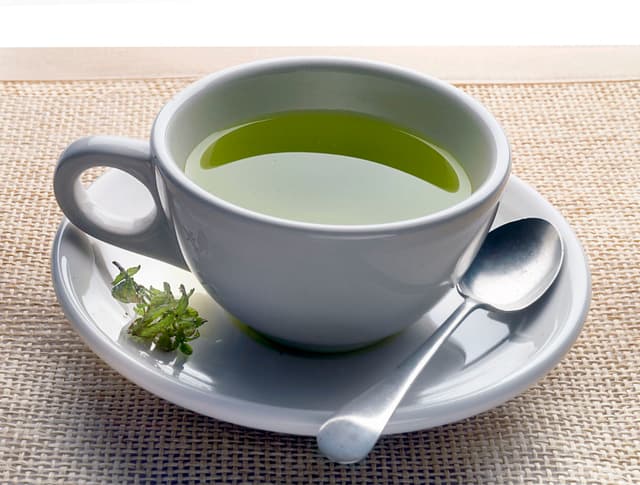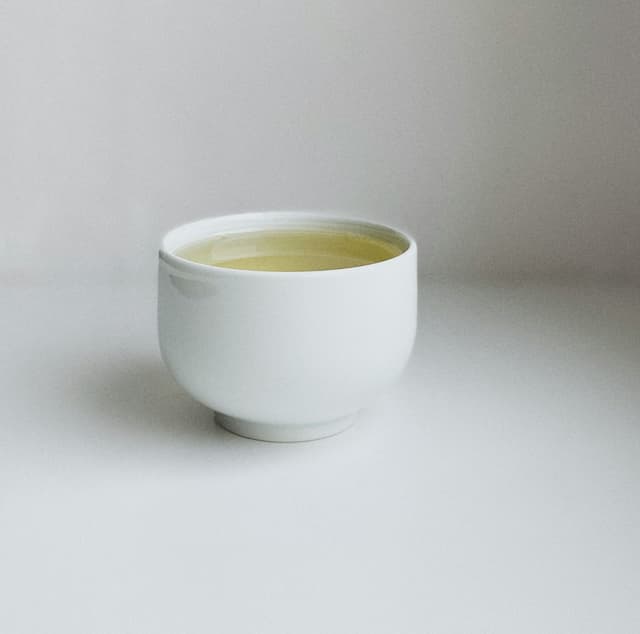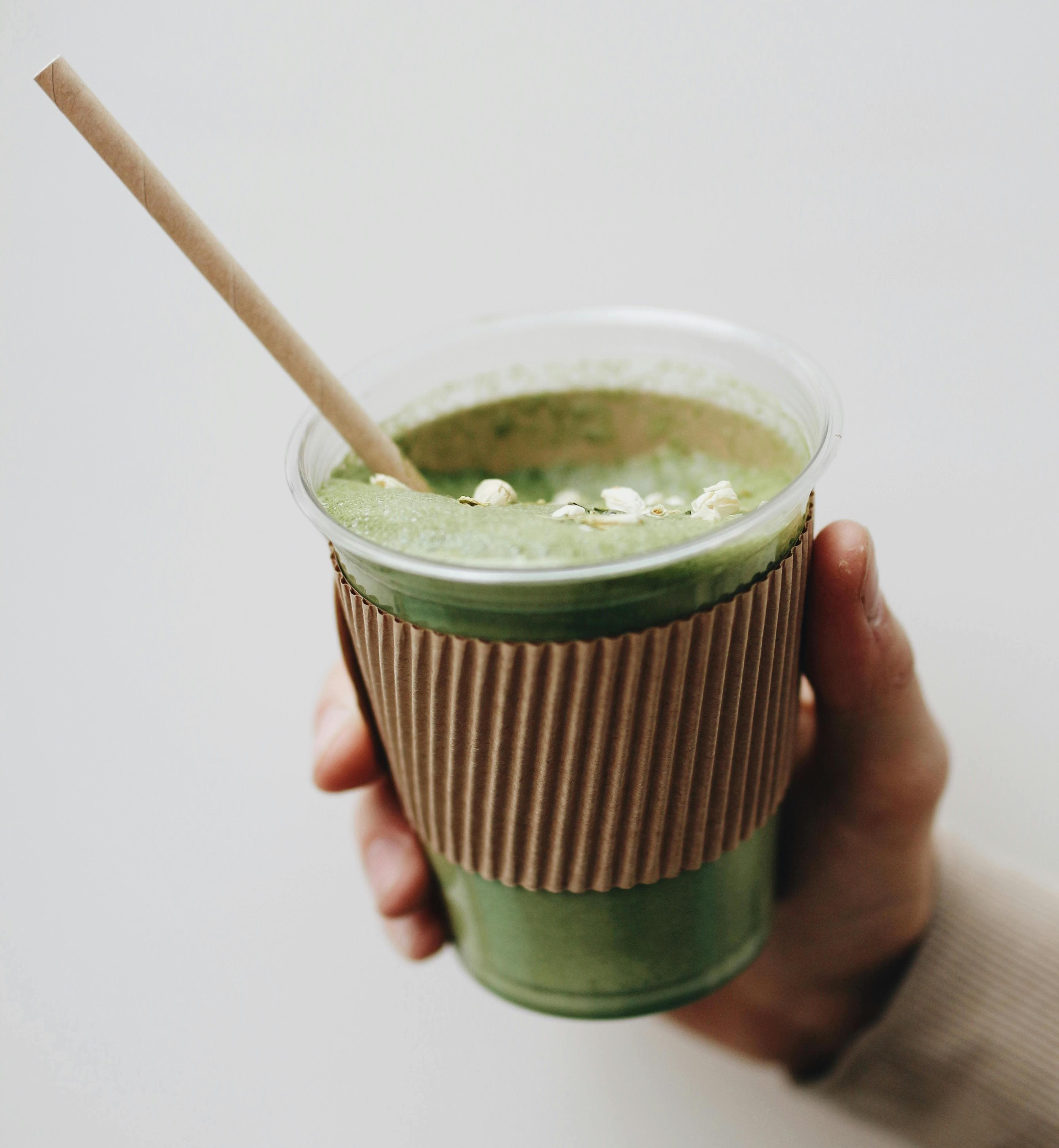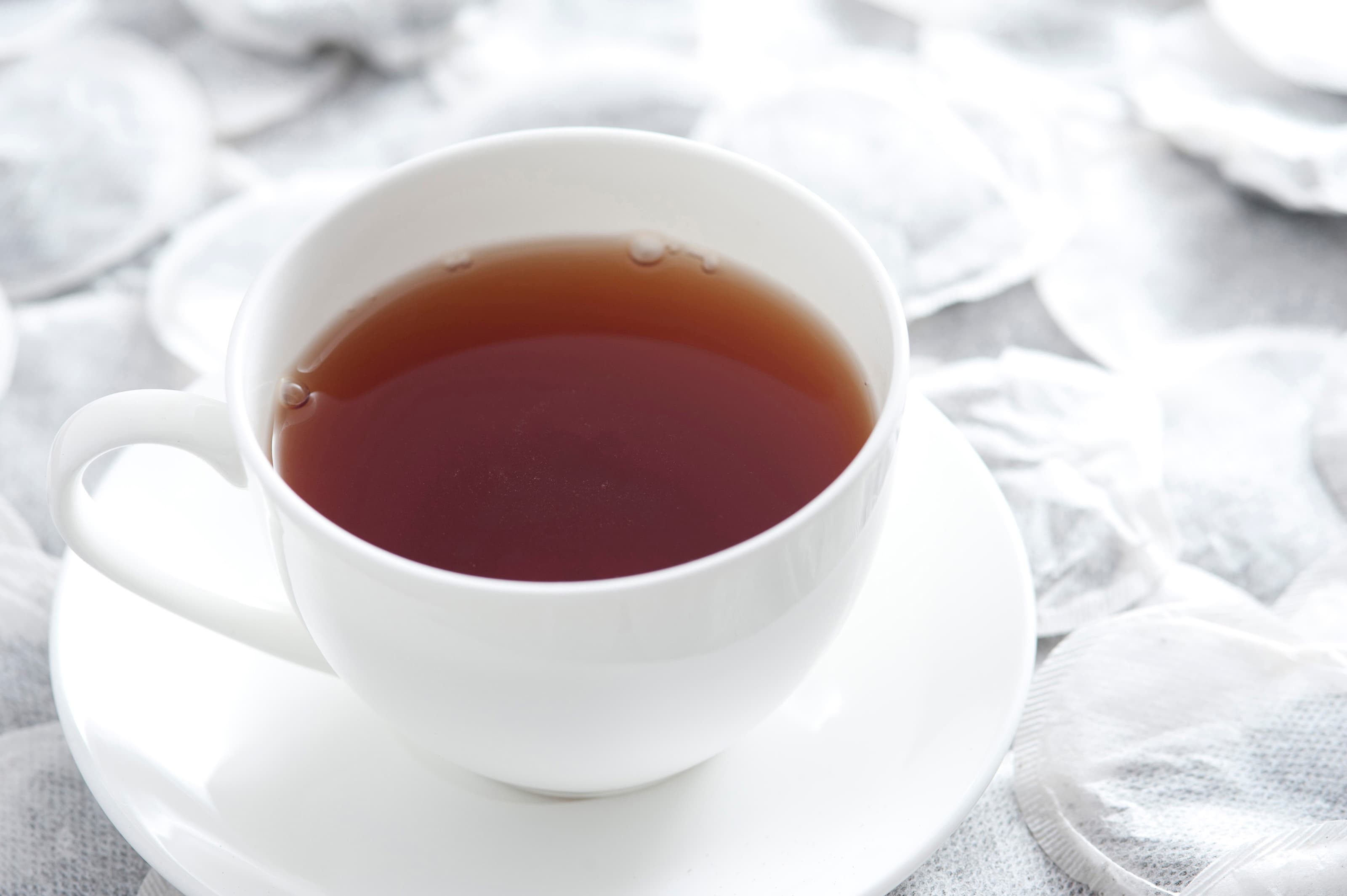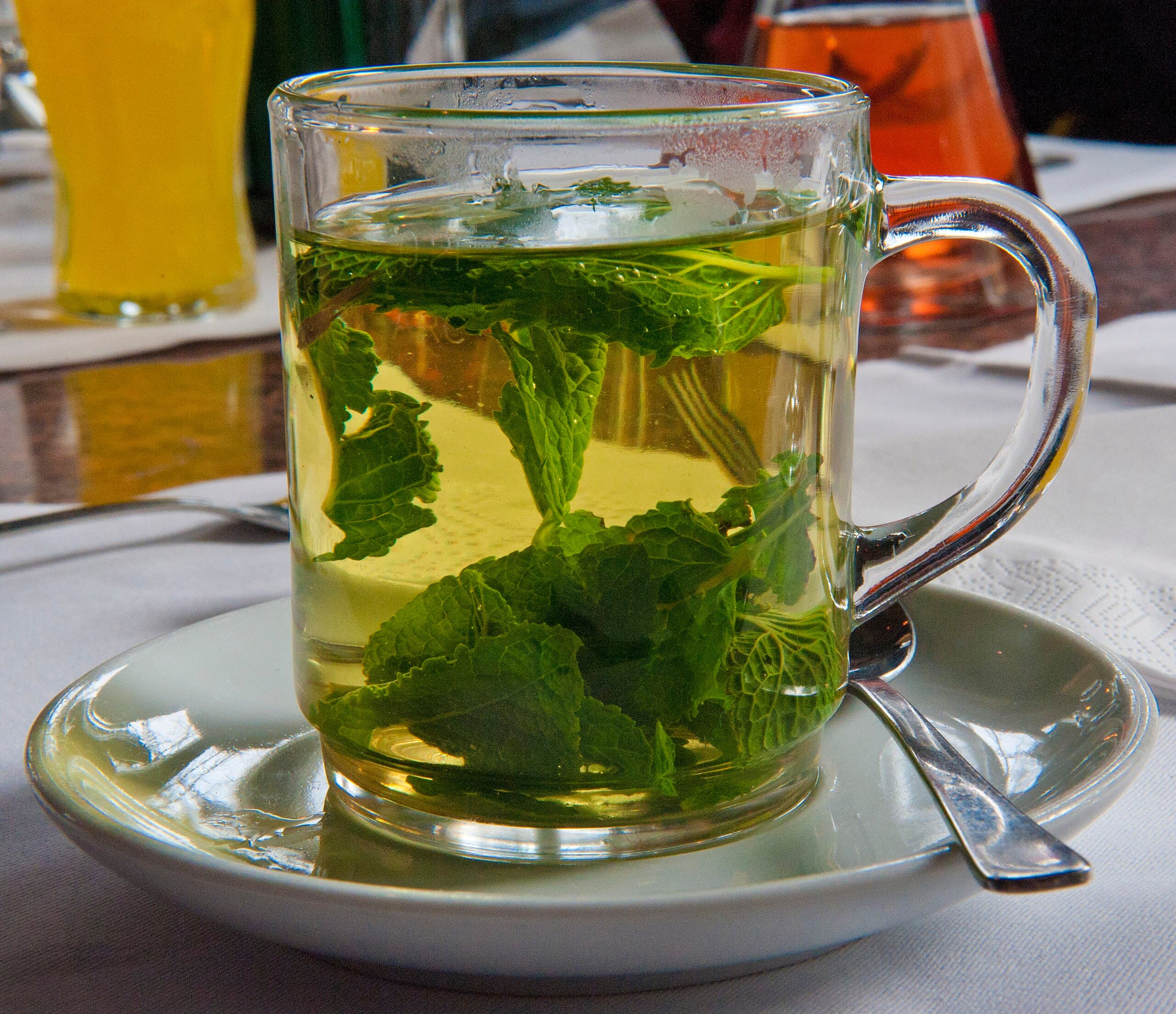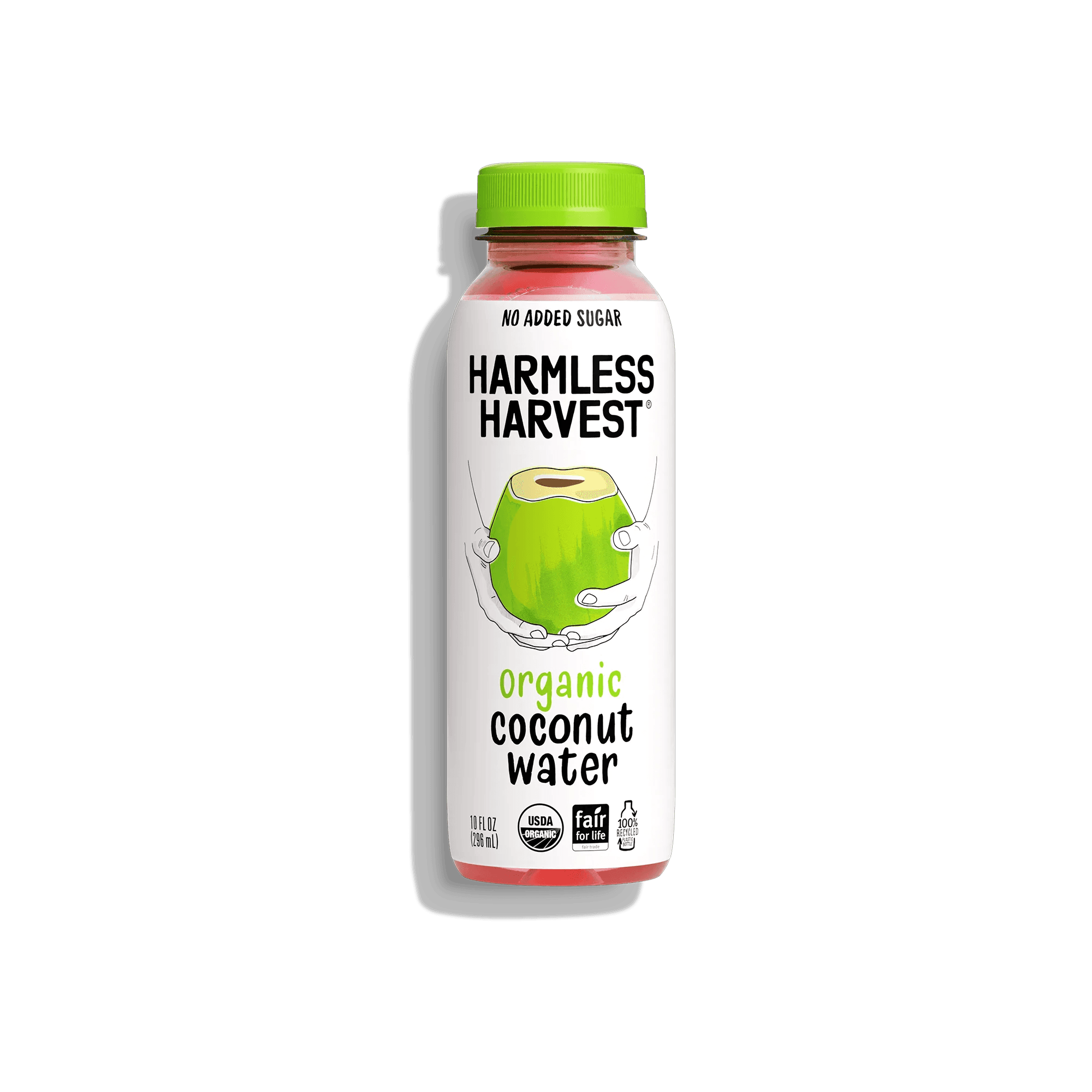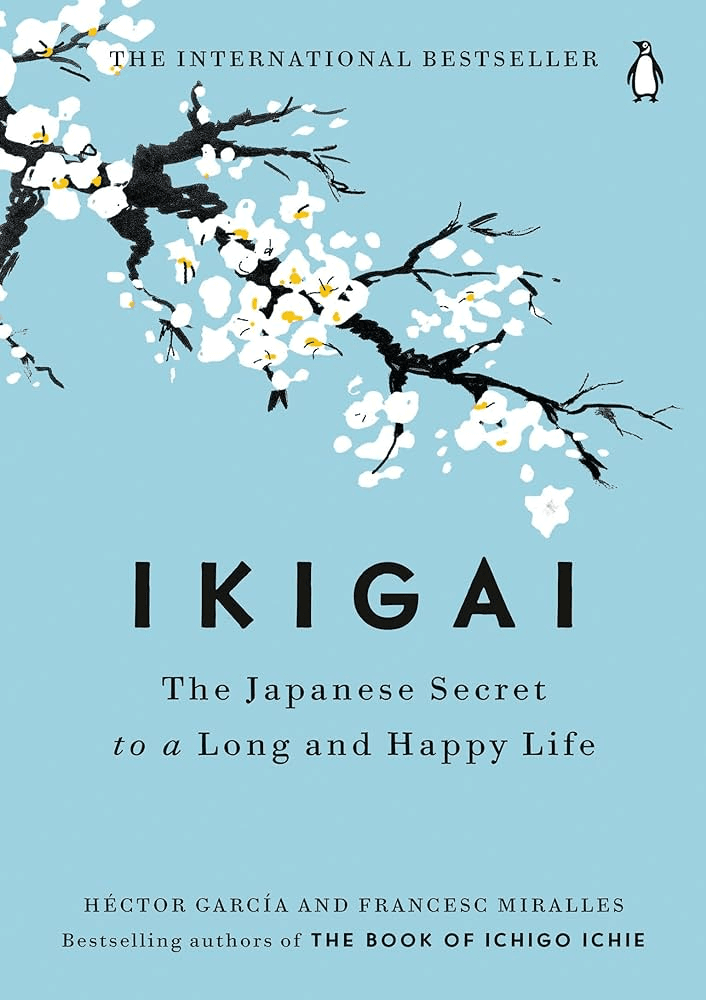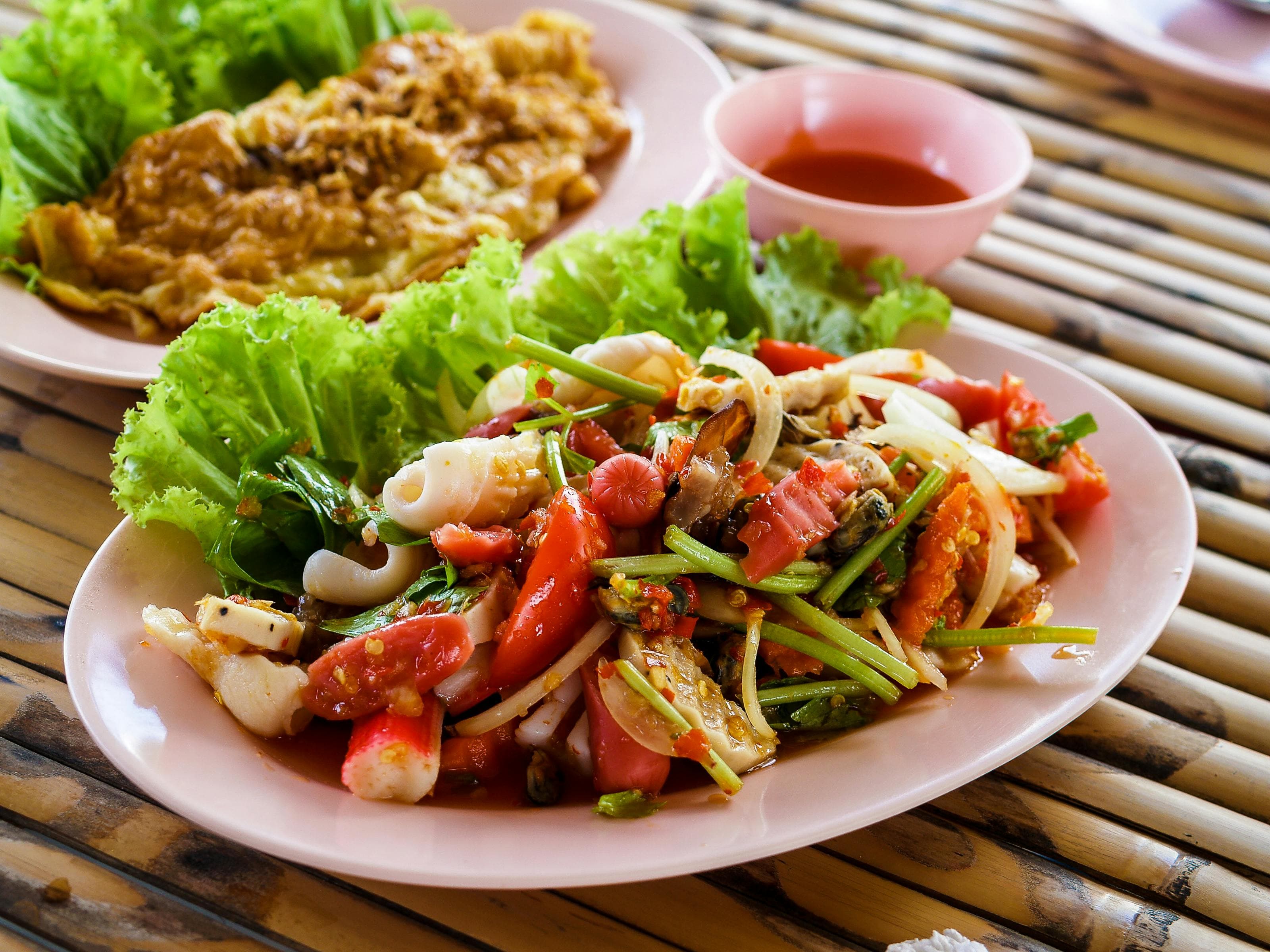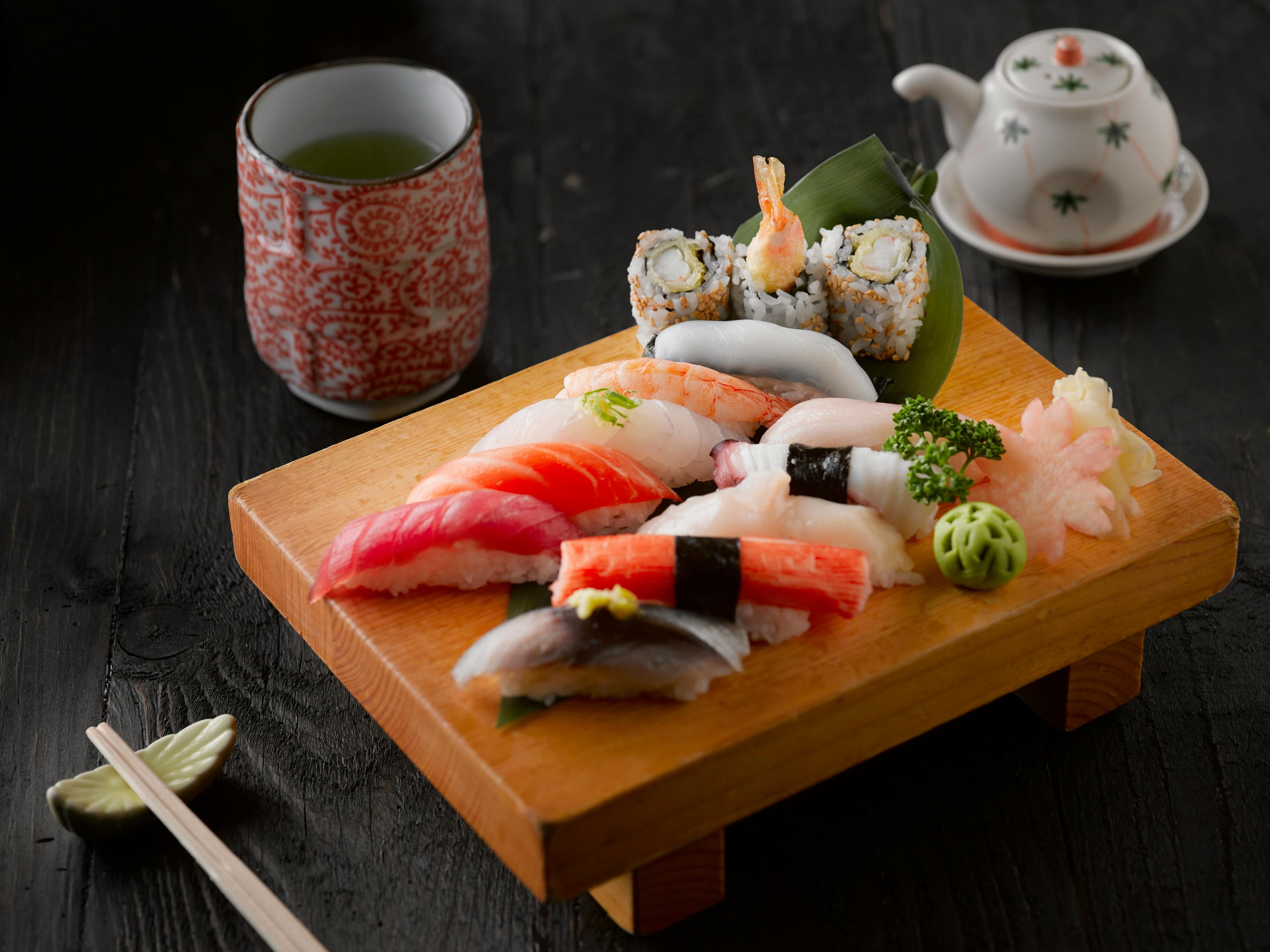Green Tea vs. White Tea
Green Tea
Green tea is a type of tea made from the leaves of the Camellia sinensis plant. Unlike black or oolong teas, green tea is made by heating the leaves soon after picking to prevent oxidation. This keeps the leaves green and gives the tea its fresh, grassy taste. It originally came from China but is now popular across East Asia, especially in Japan, Korea, and Vietnam. There are many kinds of green tea, depending on where it's grown, how it's processed, and when it's harvested. For example, Japan’s sencha is steamed, giving it a bright green color and a sweet flavor, while China’s longjing is pan-fired, making it more toasty and mellow. Making a cup is simple: just steep the leaves in hot water, but not boiling—usually around 70–80°C (160–175°F)—for a couple of minutes. If the water is too hot or you steep it too long, the tea can taste bitter. Green tea has been linked to many health claims, but the evidence is mixed. It does have some caffeine, though less than coffee, and contains a...
White Tea
White tea is a type of tea made from the young leaves and buds of the Camellia sinensis plant—the same plant used for green and black tea. What makes white tea different is how little it’s processed. The leaves are just picked, withered, and dried. There’s no rolling or heavy oxidation like with black tea, which gives white tea a lighter, more delicate flavor. It’s often described as smooth, slightly sweet, and floral. The name "white tea" comes from the fine, silvery-white hairs on the unopened tea buds, not the color of the brewed tea. When you steep it, the liquid usually comes out a pale yellow. Most white tea comes from China, especially the Fujian province, though other places like Taiwan, Nepal, and parts of India also produce it now. There are different grades of white tea, depending on what part of the plant is used. The highest quality is called Silver Needle (made from just the buds), while others like White Peony or Shou Mei include more leaves. White tea usually h...
Reviews
Reviewed on 3/2/2024
Too much caffeine for me :(
Reviews
Reviewed on 2/25/2025
| Item | Votes | Upvote |
|---|---|---|
| No pros yet, would you like to add one? | ||
| Item | Votes | Upvote |
|---|---|---|
| No cons yet, would you like to add one? | ||
| Item | Votes | Upvote |
|---|---|---|
| Gentle | 1 | |
| Non-oxidized | 1 |
| Item | Votes | Upvote |
|---|---|---|
| No cons yet, would you like to add one? | ||
Frequently Asked Questions
Green tea generally contains more caffeine than white tea, making white tea a better option for those who are sensitive to caffeine. While both types of tea have varying caffeine levels depending on brewing methods, white tea is often preferred for its lighter caffeine content.
White tea is known for its delicate and smooth flavor profile, often described as slightly sweet and floral. In contrast, green tea has a fresher, grassy taste that can be more pronounced. Therefore, if you prefer a lighter flavor, white tea may be the better choice.
Green tea is generally more popular and widely consumed than white tea, especially in East Asia. While both teas have their dedicated fan bases, green tea's versatility and health claims contribute to its higher popularity.
White tea is less processed than green tea. White tea is made from young leaves and buds that are simply picked, withered, and dried, while green tea undergoes a heating process to prevent oxidation. This minimal processing gives white tea its lighter flavor.
Green tea is a type of tea made from the leaves of the Camellia sinensis plant. It is produced by heating the leaves soon after picking to prevent oxidation, which keeps the leaves green and gives the tea its fresh, grassy taste. Originating from China, green tea is now popular across East Asia, particularly in Japan, Korea, and Vietnam.
There are many kinds of green tea, depending on where it's grown, how it's processed, and when it's harvested. For example, Japan’s sencha is steamed, resulting in a bright green color and a sweet flavor, while China’s longjing is pan-fired, giving it a more toasty and mellow taste.
Making a cup of green tea is simple: steep the leaves in hot water, ideally around 70–80°C (160–175°F), for a couple of minutes. It's important not to use boiling water or steep it for too long, as this can make the tea taste bitter.
Green tea has been linked to various health claims, although the evidence is mixed. It contains some caffeine, less than coffee, and is rich in antioxidants called catechins. Many people drink it for its taste, potential focus-enhancing effects, or simply for the ritual of making it.
Pros of green tea include its rich antioxidant content and potential health benefits. However, some individuals may find that it contains too much caffeine for their liking, as noted in user reviews.
Some users enjoy green tea for its taste and health benefits, while others have expressed concerns about its caffeine content. For example, one user mentioned, 'Too much caffeine for me :('.
White tea is a type of tea made from the young leaves and buds of the Camellia sinensis plant. It is minimally processed, involving just picking, withering, and drying the leaves, which results in a lighter, more delicate flavor compared to green and black teas. The brewed tea typically has a pale yellow color and is often described as smooth, slightly sweet, and floral.
The pros of White Tea include its gentle flavor and non-oxidized nature, which contributes to its delicate taste. There are currently no cons listed for White Tea, making it a favorable choice for tea enthusiasts.
Most White Tea comes from China, particularly the Fujian province. However, it is also produced in other regions such as Taiwan, Nepal, and parts of India.
White Tea has different grades based on the parts of the plant used. The highest quality is known as Silver Needle, which is made exclusively from the buds. Other grades include White Peony and Shou Mei, which contain more leaves.
White Tea generally has less caffeine than black or green tea, but the caffeine content can vary depending on how it is made and brewed. Some cups may have a little caffeine, while others can have more.
